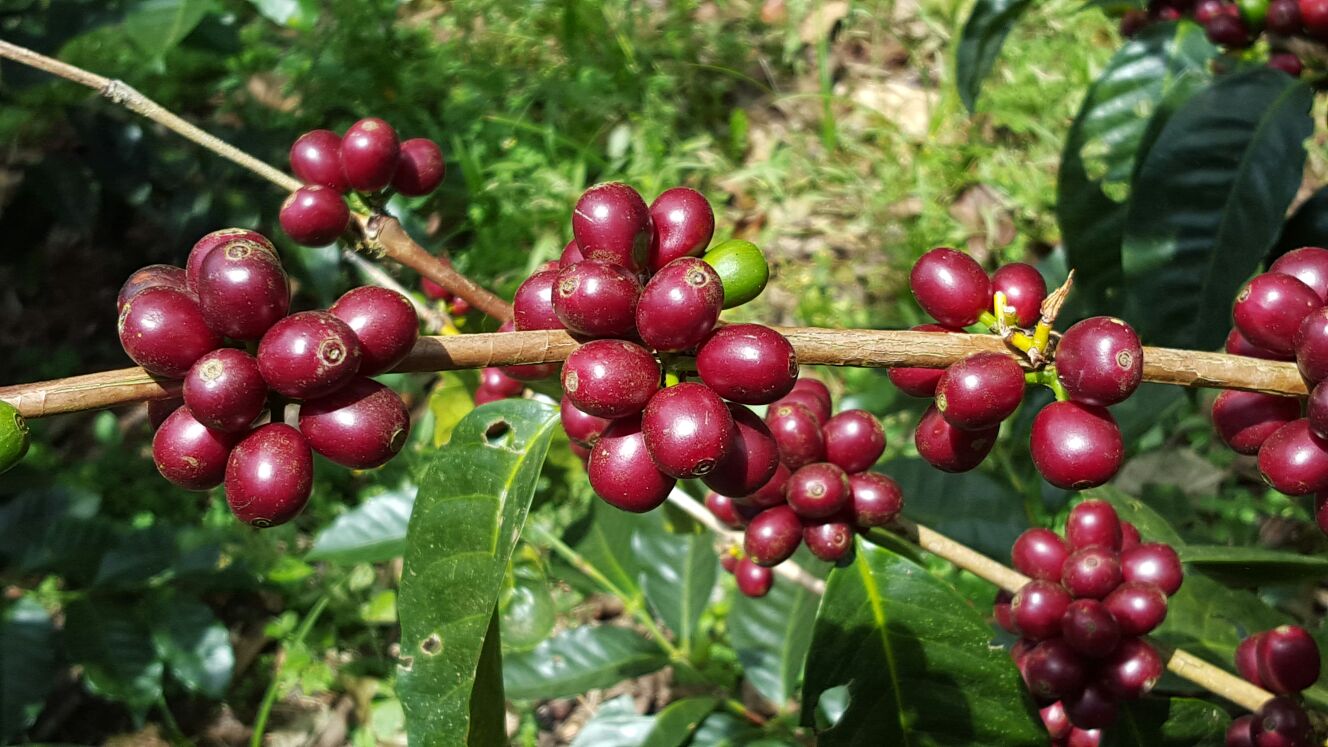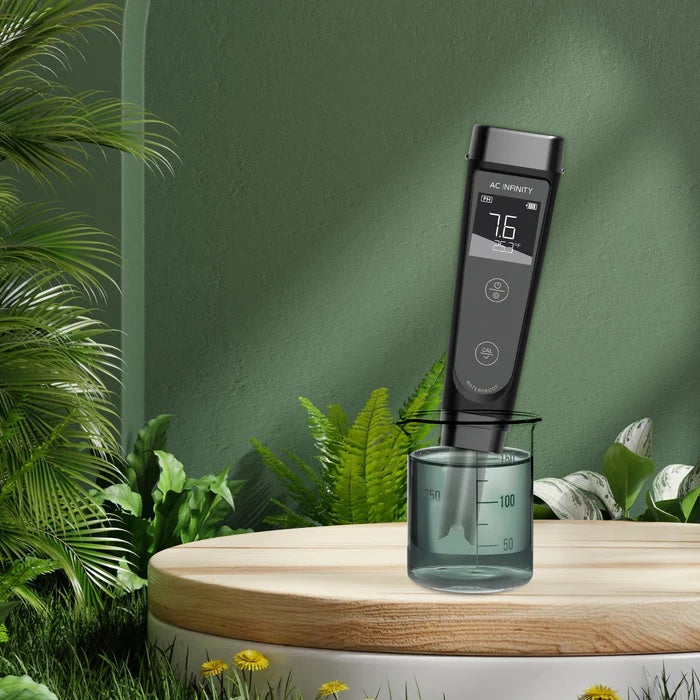Water
Water makes up more than 98% of a filtered brew and approximately 90% of an espresso depending on its extraction result. Choosing water can generate great differences to all aspects of the final result of the brew regardless if it is filter, immersion or espresso.

Minerals
What we can extract from coffee greatly depends on the mineral composition of the water, both in terms of balance and level. Charged ions from dissolved minerals in water enable us to attach to the flavoring compounds in coffee, creating the most captivating and captivating cups. These minerals fall into two main groups for coffee brewing: carbonate hardness (KH) and general hardness (GH). Magnesium and calcium are the two most crucial GH ions for natural water hardness. Due to its strong attraction to naturally occurring acid molecules, magnesium significantly alters the perceived acidity of coffee by bringing out flavors that we like to refer to as fruits, which are often sharper acidities like citrus and woodland berries. Because of its somewhat weaker interaction, calcium tends to directly improve body and accentuate gentler acidities like strawberry and cherry.
General tools and accessories to use external water filtration and mineral control by addition of specific mineral compositions.
Coffea Circulor recommends using water with mineral composition such as below.

| Calcium (Ca) | 0.9 mg/l |
| Sodium (Na) | 1.7 mg/l |
| Silicon Dioxide (SiO2) | 1.4 mg/l |
| Potassium (K) | 0.3 mg/l |
| Magnesium (Mg) | 0.2 mg/l |
| Sulfate (SO4-) | <7.0 mg/l |
| Chloride (Cl-) | 2.5 mg/l |
| Nitrate (NO3-) | 0.1 mg/l |
| Flouride (F-) (NO_3-) | <0.1 mg/l |
| pH | 6.2 |
Potential Hydrogen (pH)
Acidity is measured by pH/potential hydrogen, which ranges from 1 to 14. The neutral value is 7.0. Due to its logarithmic nature, such as music and perceived volume, the pH scale can be confusing. A pH of 2 is therefore ten times more acidic than a pH of 3. Coffee is not as acidic as it is thought to be, with a pH of about 5. Stomach acid can be significantly more acidic than lemon juice, which is 1,000 times more acidic than lemon juice (pH of 2). Since the alkalinity level will have a far bigger influence on the ultimate acidity in the cup, water pH is not very relevant when thinking about water for coffee.

General Hardness (GH)
The measure of concentration a measure of the concentration of divalent metal ions such as calcium (Ca2+) and magnesium (Mg2+) per volume of water. This is referred to general hardness, (GH).
Balancing Ca2+ and Mg+, the GH, may affect flavor and introduces a greater factor for insecurity for having all water parameters set to one's level of preference.

Carbonate Hardness, (KH)
KH, or Carbonate Hardness, measures the buffering capacity of the water, which is essential to maintain a stable pH level. This buffering capacity is a connection the concentration of carbonate (CO3²⁻) and bicarbonate (HCO3⁻) ions in the water.
The carbonate hardness attempts to maintain the water's pH (the scientific measure of acidity) at or at the value 7, which is neutral, through a process called buffering. If you use too little, the coffee will taste imbalanced and extremely acidic regardless of how you adjust the brewing parameters. If there is too much, the coffee becomes flat and boring and no acidity can be detected.
Using tools such as TDS (Total Dissolved Solids) meters and pH meters can help you understand your brewed results and aid you in making concious decisions.

Water Temperature and Retention
The temperature of the water you use for brewing is one factor that might influence the overall result. You will extract more from the coffee which translates to more solubility.
When considering water temperature, always look at the grind particle target size as the grind size has a direct impact on solubility.
For "newer" coffees, meaning they are close to their roasting date, we advise a temperature in the range of 93-95°C, optimally 93°C which produces a satisfactory result regardless of the origin of the coffee and its production method.
For "older" coffees, meaning they have passed a certain time after roasting, usually a few weeks, we advise a slightly higher temperature such as 96°C. With these settings, the result might be perceived as slightly sweeter.
There are water temperatures to consider depending on the nature of the coffee such as its production method/fermentation. We suggest to slightly reduce the water temperature for more "modern"/contemporary production methods while upholding the temperatures for traditional production methods.

Equipment
Materials can be considered for brewing as they retain their temperature (energy) at various rates (time). Therefore, consider the brewing material you are using. For example, plastic equipment can be considered to hold energy better than glass and ceramics. Metal such as copper can retain energy well and you might want to adjust your temperature settings to be slightly lower than in a ceramic vessel. Our internal findings are the following based on our V60 1:1:1 (One) World Brewers Cup brewing method:
- The ceramic V60 retains more heat compared to the plastic. This is likely due to the plastic's lower conductivity in relation to ceramic materials.
- The plastic, having a small thermal mass, reaches peak temperature swiftly.
- The plastic holds onto heat longer than the ceramic does.
- The ceramic loses heat rapidly and requires a significant amount of pre-heating time to achieve full temperature, even after using an excessive volume of boiling water (500ml).
- The ceramic has not been able to reach the highest temperatures achieved by the plastic.
Conduction and energy radiation could mean different things. We base our summary on our findings by using straight forward methods such as measuring temperature with a thermometer.
- Plastic has the advantage over ceramic in terms of warm properties. I don't claim that this makes any distinction within the coffee that produces it into your container. It may, or may not.
- Plastic too has the advantage over ceramic in terms of its cost, toughness, and weight
- Plastic is less demanding to brew with since it does not require any critical pre-heating
- Ceramic effortlessly wins on stylish request
- In the event that you're the sort who stresses approximately hot fluids siphoning poisons out of plastic, at that point ceramic effortlessly wins for you

